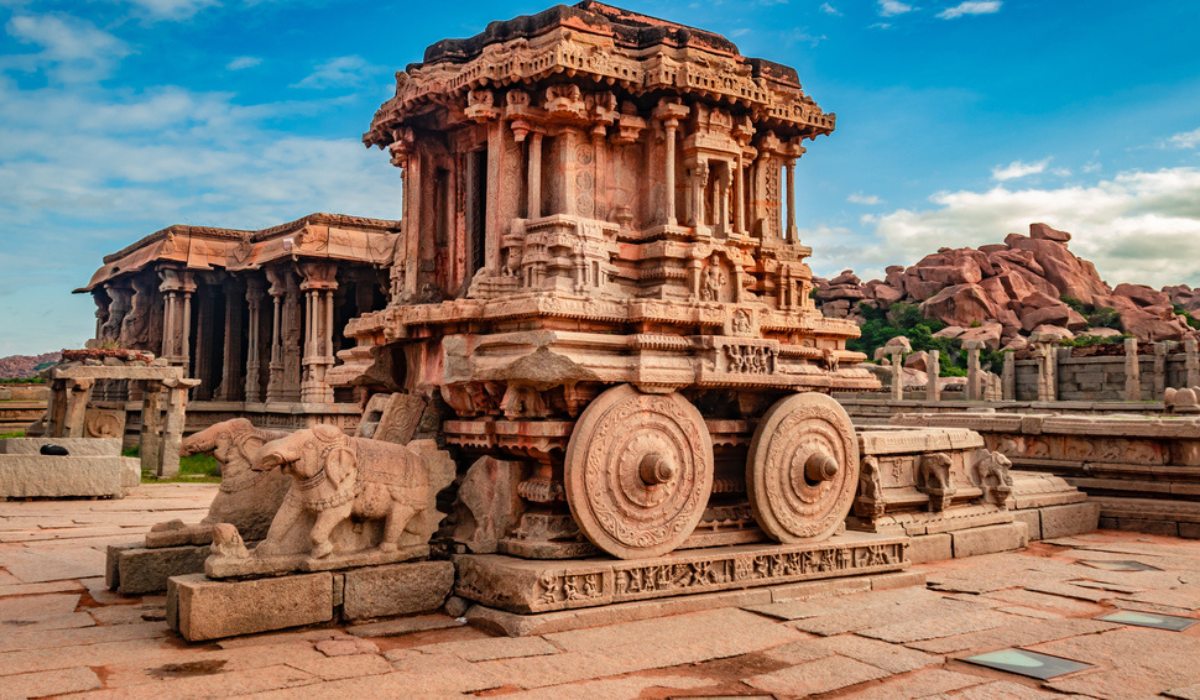


MANLI
One of the most popular hill stations in Himachal, Manali offers the most magnificent views of the Pir Panjal and the Dhauladhar ranges covered with snow for most parts of the year. Manali has many trekking options around it, making it a great base for exploring this side of Himalayas. River Beas provides great rafting options in the nearby town of Kullu. Adjoining Parvati river, lies the Parvati Valley with Kasol, Manikaran, Tosh and small villages attracting travellers for longer stays. Atal Tunnel now allows travellers to reach Sissu within a few hours making Spiti way more accessible. It snows the most in the months of January & February followed by December and March. If you are very lucky, you might find some snow in April. Tourists flock to Rohtang Pass & Solang valley for various adventure activities including skiing, paragliding, horse-riding & zorbing. Rohtang Pass is almost always covered with snow and can often get overcrowded and see traffic jams.TAJ MAHAL
The Taj Mahal, is an Islamic ivory-white marble mausoleum on the right bank of the river Yamuna in the Indian city of Agra. It wascommissioned in 1631 by the Mughal emperor Shah Jahan to house the tomb of his favourite wife, Mumtaz Mahal; it also houses the tomb of Shah Jahan himself. In its harmonious proportions and its fluid incorporation of decorative elements, the Taj Mahal is distinguished as the finest example of Mughal architecture, a blend of Indian, Persian, and Islamic styles. Other attractions include twin mosque buildings (placed symmetrically on either side of the mausoleum), lovely gardens, and a museum. One of the most beautiful structural compositions in the world, the Taj Mahal is also one of the worlds most iconic monuments, visited by millions of tourists each year. The complex was designated a UNESCO World Heritage site in 1983.

HAWA MAHAL
The Hawa Mahal is a palace in the city of Jaipur, India. Built from red and pink sandstone, it is on the edge of the City Palace, Jaipur, and extends to the Zenana, or women's chambers.HAMPI
The austere, grandiose site of Hampi was the last capital of the last great Hindu Kingdom of Vijayanagar. Its fabulously rich princes built Dravidian temples and palaces which won the admiration of travellers between the 14th and 16th centuries. Conquered by the Deccan Muslim confederacy in 1565, the city was pillaged over a period of six months before being abandoned.
| January | July | |
| Feburary | August | |
| March | September | |
| April | October | |
| May | November | |
| June | December |